
Introduction
During the summer months the seas off the coast of Wales are home to lots of groups of dolphins. They are attracted by the warm seas and the huge shoals, or groups of small fish that visit to feed.
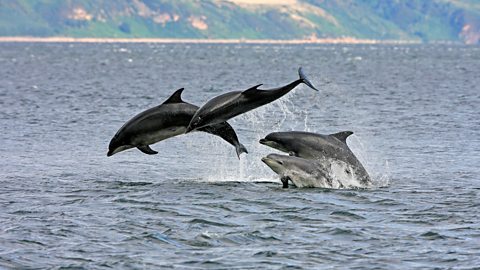
Dolphins are very social creatures. They all have individual personalities and scientists think that they are even able to feel emotions, just like us. In fact, many experts believe that these amazing creatures are amongst the cleverest animals on Earth.
Family facts
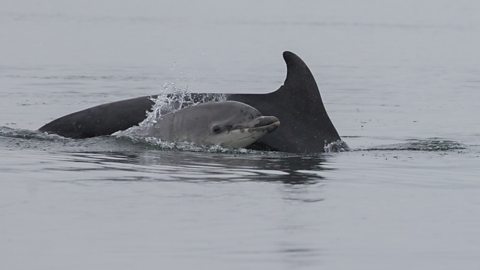
- Dolphins are mammals.
- Dolphins live in pods, or family groups. Each pod can consist of more than 10 members.
- Dolphins usually give birth to a single baby, or calf. Calves can swim as soon as they are born.
- Mother and calf stay together for years. Scientists think that this lets the young dolphin learn how to hunt and to communicate effectively.
Communication
Dolphins are amazing communicators. They send messages to one another by squeaking and whistling. During the 1960s, scientists studied dolphins in captivity. They observed that they were able to âchatâ to one another, or to send messages from one tank to another. Unfortunately, what dolphins are actually saying remains a mystery as we have yet to crack this dolphin code.
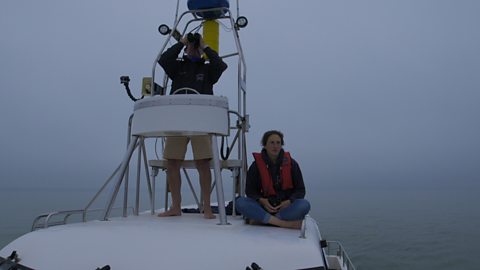
Scientist Dr Sarah Perry and her team from the Cardigan Bay Marine Wildlife Centre are trying to understand more about dolphin communication. Sarah, along with many other scientists, has noticed that every dolphin has its own unique whistle. A dolphin will use this unique whistle as its name.
Incredibly, Sarah and her team are learning that a pod of bottlenose dolphins in Cardigan Bay talk to each other at a higher pitch than any other group of dolphins anywhere in the world.
Video: The extraordinary creature of the deep
Find out more about how scientists have worked with dolphins over the years and what we know about how they communicate with each other.
Echolocation
The high-pitched clicking sounds that dolphins produce also help them to navigate and to find food. This process is called echolocation.
Dolphins make as many as 1,000 clicking noises per second. When the clicking sound hits an object in the water, the sound bounces back to the dolphin as an echo. This information allows the dolphin to work out the location, size and shape of the object.
The most intelligent animal in our oceans
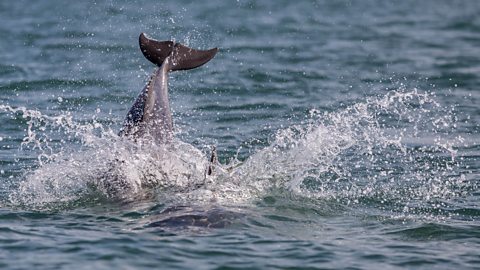
Scientists have learnt that dolphins are amazing communicators and although they may look different, they are actually a lot like us. Dolphins love to interact with one another. In fact, they are one of the few animals that still play when they are fully-grown adults. Scientists now know that these amazing mammals chat to one another, teach each other things, play and even dream when they sleep.
Quiz: What is the most intelligent animal in our oceans?
Activity
All over the world, scientists and marine biologists are still learning and finding out more about dolphin behaviour. These discoveries often make the news.
Read these news reports to find out more about these amazing creatures. These links will help you with your research.Make a list of the new points that you learn and create your own dolphin fact file.

Where next?
What happens when plastics get into the ocean?
Find out what impact plastic waste has on wildlife in the sea.
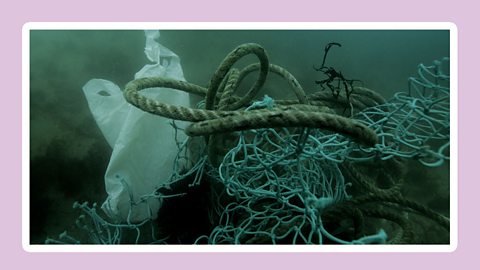
Can lobster fishing be sustainable?
How has fishing changed in Wales and how does this affect the food chain?
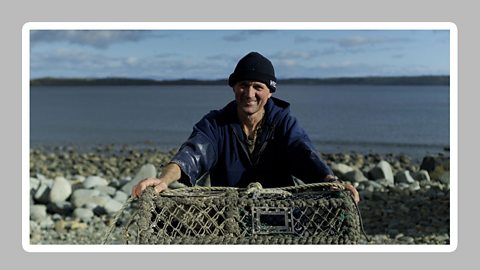
KS2 Sustainability
A collection of lessons for pupils aged 7 to 11

More on Wildlife
Find out more by working through a topic
- count1 of 5
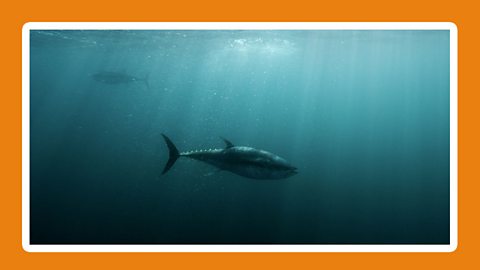
- count2 of 5
